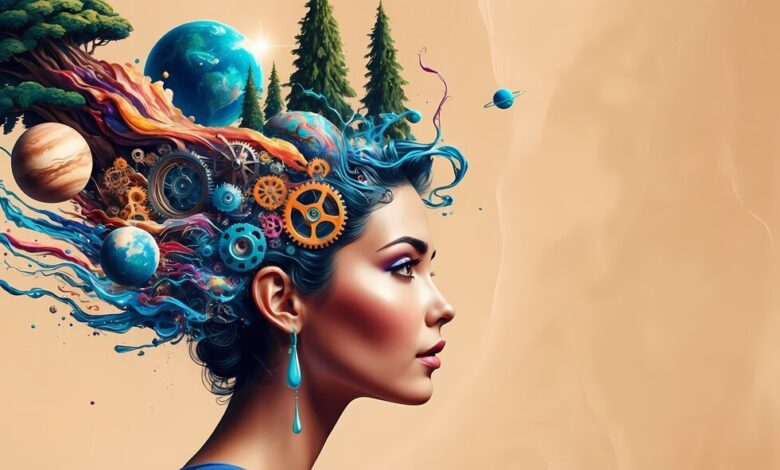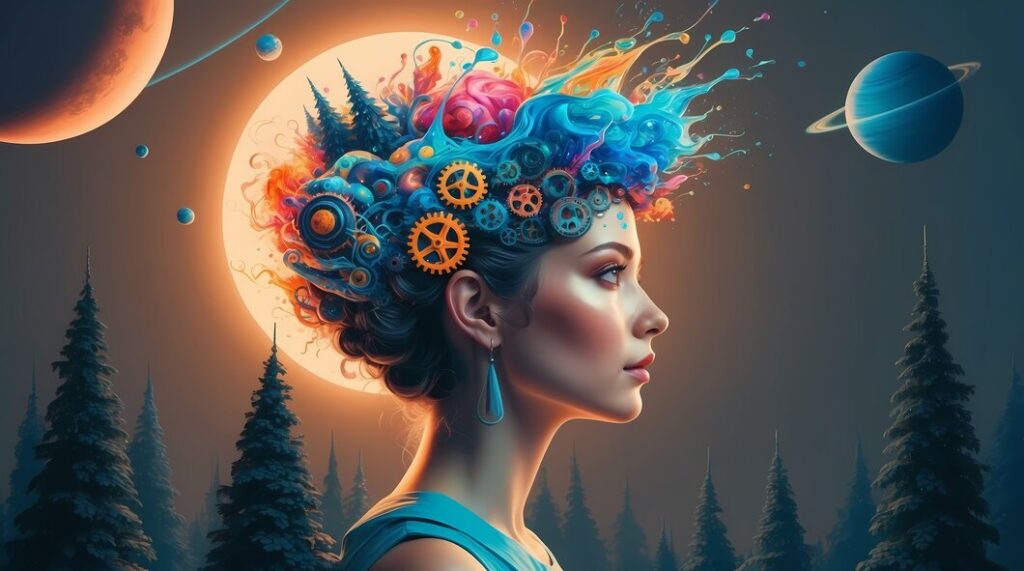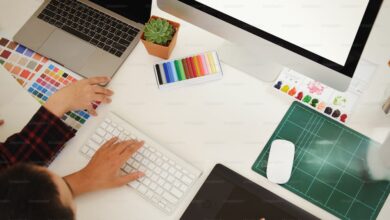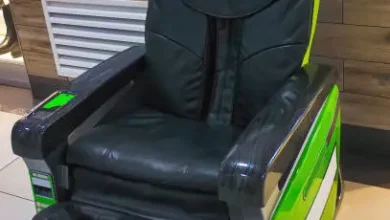Unleash Creativity with AI Art – Explore the Future of Artistic Expression!

In the last decade, AI has revolutionized various industries, and the art world is no exception. From assisting artists in creating stunning visuals to generating independent art pieces, AI has become an integral part of modern artistic expression. Understanding its influence is essential for anyone passionate about art and technology. This blog will guide you through the world of AI art, from its history and tools to creating and promoting your unique AI masterpieces.
Understanding AI Art
How AI Creates Art
At its core, AI creates art through algorithms that learn and mimic artistic styles. These algorithms, often driven by deep learning and neural networks, analyze vast amounts of existing artwork to understand patterns, colors, and techniques. By doing so, they can generate new pieces that reflect these learned styles.
Types of AI Art
AI art can be broadly categorized into two types. Generative art involves algorithms that create new works from scratch. On the other hand, assistive AI tools enhance human-created art by suggesting improvements or adding intricate details. Both types are transforming the artistic landscape, challenging traditional notions of creativity.

Tools and Platforms for Creating AI Art
Popular AI Art Tools
Several platforms offer robust tools for creating AI art. Some of the most renowned include DeepArt, which transforms photos into paintings using neural networks, and Artbreeder, a collaborative site for creating and discovering images. These platforms provide a range of features tailored to both novice and experienced artists.
Choosing the Right Tool
Selecting the right tool depends on your artistic vision and technical expertise. Beginners might prefer user-friendly platforms like DeepArt, which require minimal input to produce stunning results. More experienced artists may opt for tools like RunwayML, which offers extensive customization and integration with other creative software.
Showcasing AI Artworks
Renowned AI Art Pieces
AI art has already made significant waves in the art world. One notable example is “Portrait of Edmond de Belamy,” created by the Paris-based collective Obvious using a Generative Adversarial Network (GAN). This piece sold for an astonishing $432,500 at auction, highlighting the growing recognition of AI art.
Artists Who Use AI
Many contemporary artists are incorporating AI into their work. Refik Anadol, for instance, uses machine learning algorithms to create immersive installations. His work often explores the intersection of art, science, and technology, pushing the boundaries of what is possible with AI.
The Impact of AI on the Art Industry
Changing Perceptions
AI is reshaping how we perceive art. It challenges the traditional view that art must be a purely human endeavor, opening up new possibilities for artistic collaboration between humans and machines. This shift is prompting discussions about originality, creativity, and the definition of art itself.
Future Possibilities and Challenges
The future of AI art holds immense potential but also presents challenges. Ethical considerations, such as the role of AI in authorship and copyright issues, must be addressed. Additionally, the art community must ensure that AI tools remain accessible to all artists, not just those with technical expertise.
Creating Your First AI Art
Step-by-Step Guide
Creating AI art is more accessible than ever. Here’s a simple guide to get you started:
- Choose a Platform: Select an AI art tool that aligns with your skill level and artistic vision.
- Upload Your Image: Many platforms start with a base image. Upload a photo or choose from the tool’s library.
- Select a Style: Choose an art style or set parameters for the AI to follow.
- Generate Your Art: Allow the AI to process and create your art piece.
- Refine and Save: Adjust settings if needed and save your finished artwork.
Tips for Success
To achieve the best results, experiment with different styles and parameters. Don’t hesitate to blend AI-generated elements with your traditional art skills. The fusion of human creativity and AI can lead to truly unique pieces.
Promoting and Sharing Your AI Art
Sharing Strategies
Once you’ve created your AI art, it’s time to share it with the world. Create a portfolio on platforms like Behance or DeviantArt. Utilize social media to post your work, engage with followers, and join AI art communities. Consistent sharing and interaction can help build your reputation.
Using Social Media
Platforms like Instagram and Twitter are excellent for showcasing your AI art. Use relevant hashtags like #AIart, #GenerativeArt, and #CreateYourAIArtNow to reach a broader audience. Participate in art challenges and collaborate with other artists to increase visibility.
Conclusion
AI art represents a thrilling convergence of technology and creativity. Its impact on the art world is profound, offering new ways to create, perceive, and share art. Whether you’re an art enthusiast or a seasoned professional, there’s never been a better time to explore AI art. Start your artistic journey today and discover the endless possibilities that AI has to offer.
By integrating AI into your creative process, you’re not just keeping up with trends; you’re pioneering the future of art. Ready to create your AI art now? Join the movement and redefine what it means to be an artist in the digital age.
Keep an eye for more news & updates on UsaTechMagazine!




